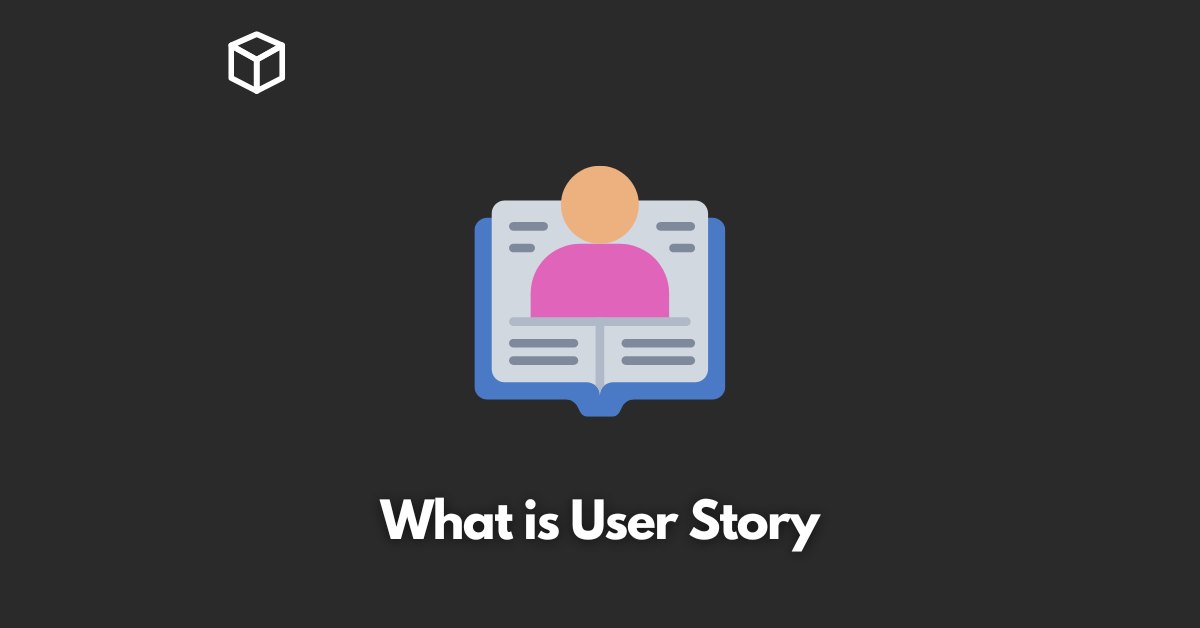User stories are important in software development because they provide a clear, concise way to communicate requirements between stakeholders, such as developers, product managers, and customers.
They are typically written from the user’s perspective and include a specific goal or task that the user wants to accomplish.
They also help to ensure that the final product meets the needs of the end-users.
In this article, we will explore what user stories are, why they are important, and how to effectively use them in software development.
The Anatomy of a User Story
The basic structure of a user story is the “As a [user], I want [goal] so that [reason].”
This structure helps to ensure that the user story is written from the user’s perspective and includes a clear goal and reason.
To write effective user stories, it’s essential to keep them small and focused. A good rule of thumb is that a user story should be able to be completed within one sprint.
Additionally, user stories should be written in simple language, and they should be testable.
Examples of good user stories include “As a customer, I want to be able to view my account balance online so that I can check my account status” and “As an administrator, I want to be able to add new users to the system so that I can manage access to the application.”
Examples of bad user stories include “As a user, I want the application to be faster” and “As a user, I want the application to have a better design.”
Using User Stories in the Software Development Process
User stories fit into the agile development process by providing a way to break down a project into manageable chunks.
They help to ensure that the development team is focused on delivering value to the end-users.
To prioritize user stories, it’s essential to consider the value that the user story will provide, the complexity of the user story, and the dependencies between user stories.
Estimating the complexity of user stories can be challenging, but it’s essential to have an accurate estimate to ensure that the development team can plan and deliver the project on time.
A common method for estimating complexity is to use a relative estimation technique, such as planning poker.
Best Practices for Working with User Stories
To gather user stories from stakeholders, it’s essential to involve them in the process. This can include holding workshops, conducting interviews, or sending out surveys.
To validate user stories, it’s essential to ensure that they are testable and that they align with the overall goals of the project.
Additionally, it’s essential to conduct user research to ensure that the user stories accurately represent the needs of the end-users.
To manage and track user stories, it’s essential to use a tool that allows you to organize and prioritize user stories, such as a product backlog.
Additionally, it’s essential to track the progress of user stories throughout the development process.
Conclusion
In this article, we have explored what user stories are, why they are important, and how to effectively use them in software development.
We have also looked at best practices for working with user stories, including how to gather, validate, and manage user stories.
By understanding and utilizing user stories, teams can ensure that their software development process is efficient, effective, and meets the needs of end-users.
This in turn can lead to more successful and well-received software products.
By following the best practices that are discussed in this article, teams can ensure that they are effectively utilizing user stories in their software development process.




